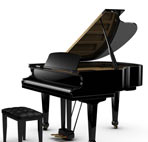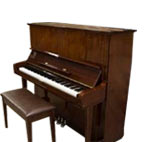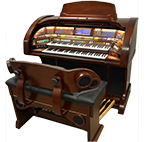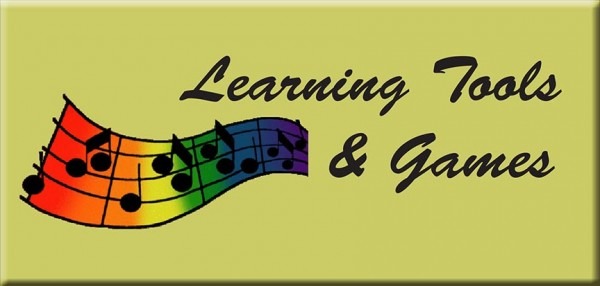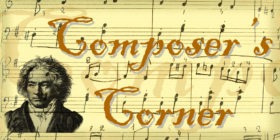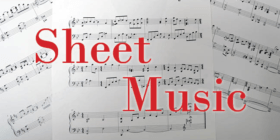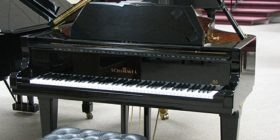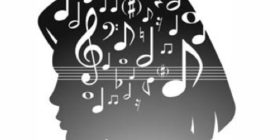Teaching a Varied Lesson = More Focused Students
Piano teachers often fall into one of two traps: 1) We try to be so amazingly fun and full of activities and ideas that we miss out on “good ol’ teaching” or 2) We fall into routines and forget that our little students need to move and re-focus no matter what their disposition.
Finding a balance that allows for frequent changes of focus that are still productive and effective is key in providing the best lesson experience for your students. And these changes in focus don’t need to be earth shattering… or even death defying. Kids need variety, but variety can be simple.
7 simple ways piano teachers can change focus in a piano lesson:
 1. Include listening activities in your lessons: A listening game that encourages your students to learn how to actively listen to music. Listening skills an essential part of musical education and are a great way to take a playing break mid-lesson.
1. Include listening activities in your lessons: A listening game that encourages your students to learn how to actively listen to music. Listening skills an essential part of musical education and are a great way to take a playing break mid-lesson.
2. Designate an area of your studio as the “game zone” and play your theory games away from the bench. A slight change in environment can be just what your student needs.
3. Invite parents in for demonstrations: Inviting someone else into the room shifts focus, but is also a great way to include parents in home practice by giving them first-hand knowledge of what their child is working on.
4. Break pieces up into small chunks and play ‘Simon Says’: Use colored markers, stickers or tape to highlight different sections of his current piece. It’s most effective if you seek out melodic or rhythmic patterns and color cod them accordingly. Then say “Simon says play a blue section. Simon says play a yellow section. Simon says play a purple measure.” Once in awhile throw in a command that doesn’t include “simon says” and see if you can catch them!
5. Use Technology: As long as your use of a tablet or smartphone is purposeful (meaning you’re using it for a specific purpose, not just because it is “technology”) then this can provide a great brain-break. And you don’t always need to be playing games. Recording your student playing and then watching it back together, comparing her performance with a Youtube performance, playing along with backing tracks, using a notation program as a part of your ear training… these are all great “non-game” uses of technology.
6. Switch Places: Students learn SO much from taking on the role of the teacher. When starting a new piece, switch chairs and plant yourself on the bench. Have your student lead you through the steps of decoding a new piece of music from the teacher chair.
7. Use a whiteboard: There is just something about a whiteboard that kids love. If you place it away from your piano in your studio then you can use this as a break from the bench. Check out these ways of teaching theory on a whiteboard for some ideas.


